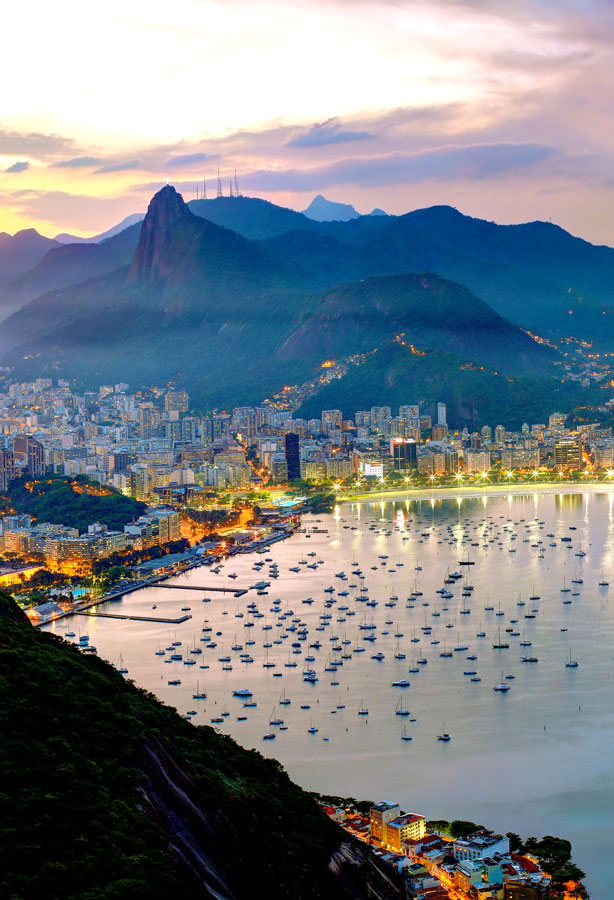Narrowing down the list of Earth’s incredible natural wonders to just seven standouts is a mighty task. But in 2008, the nonprofit group Seven Natural Wonders set out to identify and preserve the seven sites that surpass the rest — places so magnificent that they belong on any traveler’s bucket list. Read on to learn the fascinating stories behind the Seven Natural Wonders of the World.
Great Barrier Reef – Australia
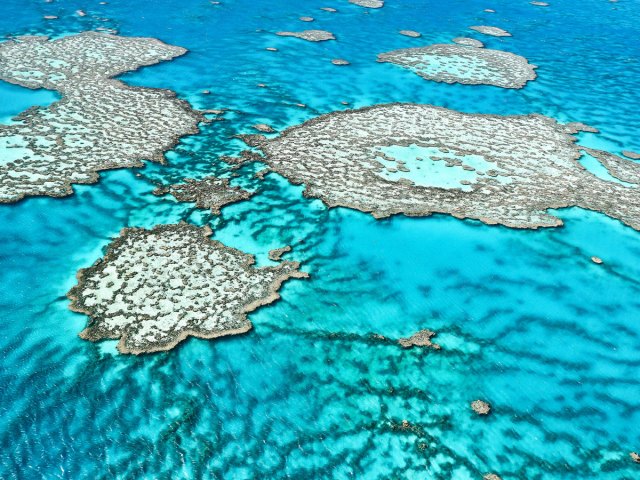
As the largest coral reef on Earth, Australia’s Great Barrier Reef is so massive, it’s the only living organism that can be seen from space. At 134,634 square miles, it’s also the world’s largest living structure. A rich and diverse ecosystem, the Great Barrier Reef is home to 600 types of coral, 3,000 varieties of mollusk, and 1,625 species of fish. But that’s not all — the reef provides ideal living conditions for some of the world’s most fascinating sea creatures, including turtles, sharks, rays, crocodiles, dolphins, whales, and sea cows. Since it consists of 2,100 individual reefs and 800 fringing reefs, there are plenty of accessible reefs for snorkelers who want a glimpse of the mesmerizing subaqueous world.
Aurora Borealis – Northern Hemisphere
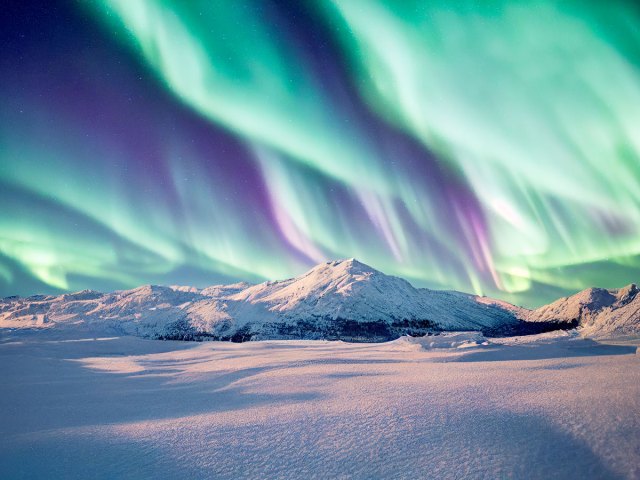
Also known as the northern lights, the aurora borealis is a phenomenon that occurs in the Northern Hemisphere, particularly around the fall and spring equinoxes. Named for the goddess of the dawn from Roman mythology, Aurora, and the Greek god of the north wind, Boreas, this night sky occurrence is the result of particles colliding with Earth’s atmosphere. As a result, it can be challenging to predict precisely when it will occur, although certain locations have higher chances than others. Nicknamed “Mirrie Dancers” by the Irish and “Dance of the Spirits” by the Cree, the green, blue, and purple lights dance across the sky, making them a true wonder to behold.
Grand Canyon – Arizona
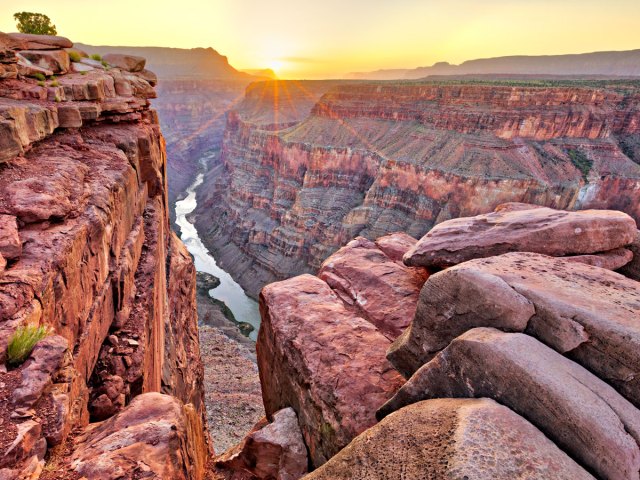
Located in northwest Arizona, the Grand Canyon is nothing short of phenomenal. A mile deep and 227 miles long, the impressive gorge was formed by the Colorado River carving its way through rock for almost six million years. But the age of the rock in the Grand Canyon is older than the gorge itself, estimated to be between 250 million to nearly two billion years old. Archaeologists have unearthed artifacts from prehistoric humans who resided in the canyon nearly 12,000 years ago; it was also the home of Ancestral Pueblo people and the Havasupai people. Today, the Grand Canyon is protected national parkland and one of the most frequented national parks in the U.S., with roughly 6 million people visiting annually.
Parícutin – Mexico
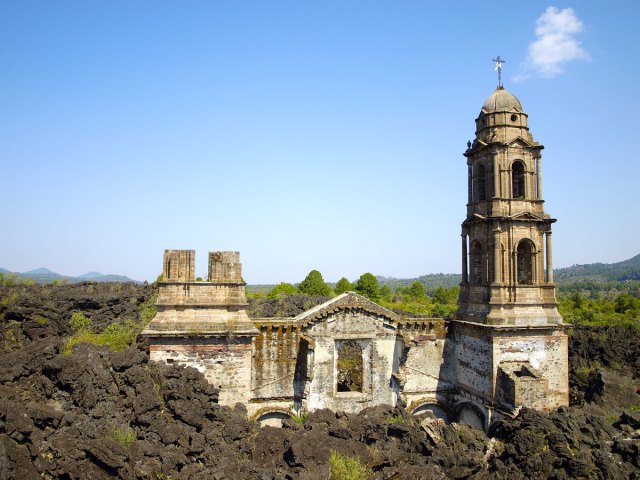
Since scientists were able to study its life cycle in its entirety, Parícutin is unlike any other volcano in the world. In 1943, the volcano was “born” in a Mexican cornfield, exploding from the earth to create a six-foot-tall mound — seemingly out of nowhere. The fissure opened and began to erupt lava, and within a year, the volcano grew to 1,345 feet. The lava flowed for 52 square miles, destroying the nearby village of Parícutin, for which the volcano was named. After erupting for nine years, it suddenly stopped in 1952 and is now considered extinct. Visitors can now explore the cinder cone and the surrounding area, including the partially buried church in what was once the town of Parícutin, about five hours from Guadalajara.
Mount Everest – Tibet/Nepal

Located in the Himalayas, directly on the Tibetan/Nepalese border, Mount Everest stretches 29,029 feet into the sky, making it the tallest mountain on Earth to stand above sea level. Named for Sir George Everest, a Welsh surveyor for India, the mountain also goes by many other names. In Tibetan, the mountain is called Chomolungma, which translates to “Goddess Mother of the World.” In Sanskrit, it is referred to as Sagarmatha, or “Peak of Heaven.” Regardless of what it is called, the 60-million-year-old mountain is staggeringly beautiful, but also dangerous. A summit coveted by mountaineers around the world, this natural wonder is no easy feat to conquer, especially since expeditions take nearly two months from start to finish.
Victoria Falls – Zimbabwe/Zambia
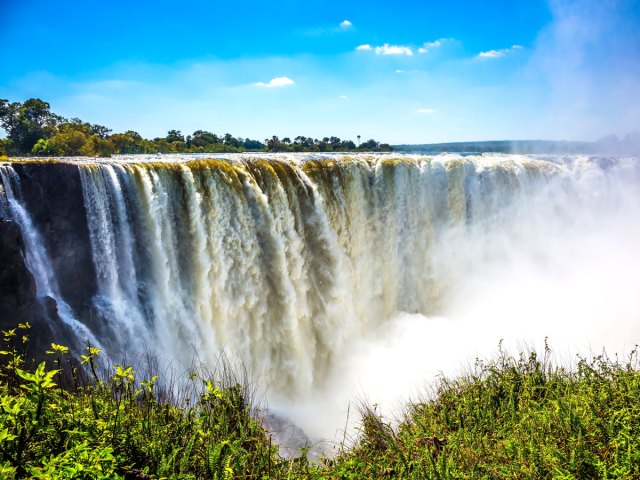
These world-famous waterfalls are located on the Zambezi River, which delineates the border between Zimbabwe and Zambia. Spanning the entire breadth of the Zambezi — the fourth-largest river in Africa — the Victoria Falls dramatically plunge 355 feet over the river’s basalt cliffs. The result is nothing short of spectacular, with spray from the falls rising 1,000 feet into the air. Visitors can view the waterfall’s dazzling beauty from numerous vantage points, including Knife Edge Bridge and Boiling Point. For an extra-special view, short helicopter trips offer a mind-blowing perspective of the falls from the sky.
Guanabara Bay – Brazil

Also known as Guanabara Bay, the harbor of Rio de Janeiro is the largest bay in the world in terms of volume of water. As a result, the bay actually resembles a river — an illusion that inspired Portuguese explorers to name the city Rio de Janeiro, which translates to “River of January.” The harbor’s bright blue water is surrounded by mountains and monoliths, making it an undeniably beautiful sight. From Sugar Loaf Mountain, which juts from the water at the mouth of the bay, to Mount Corcovado, home of Christ the Redeemer, there are plenty of vantage points from which to take in the harbor’s splendor. Even better, these sites can be reached by exciting modes of transportation, including cable cars that carry you to Sugar Loaf’s summit and a cog train that takes you straight up Mount Corcovado.
More from our network
Daily Passport is part of Optimism, which publishes content that uplifts, informs, and inspires.






